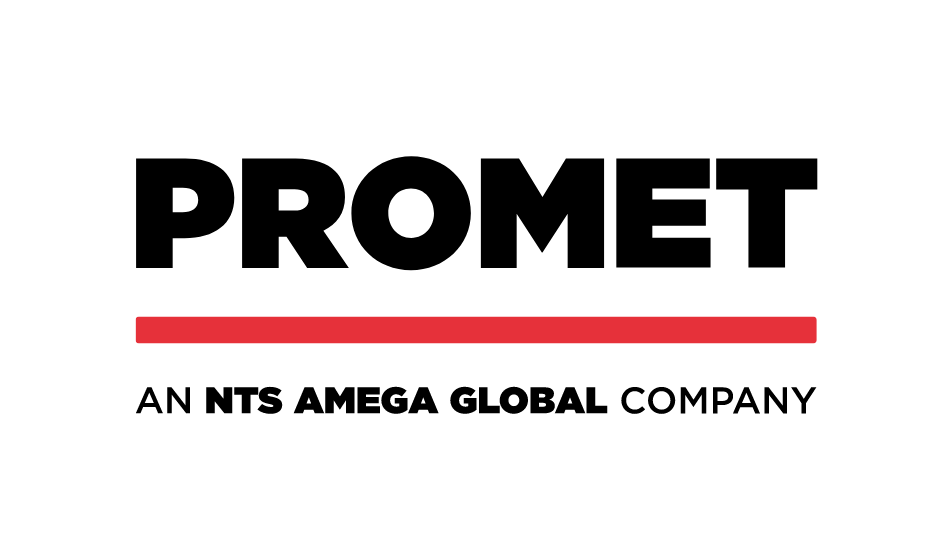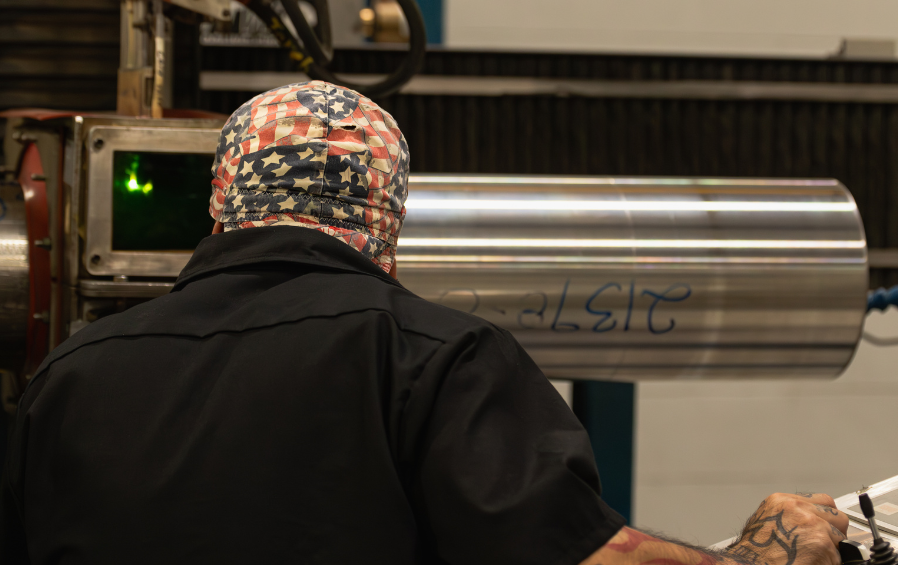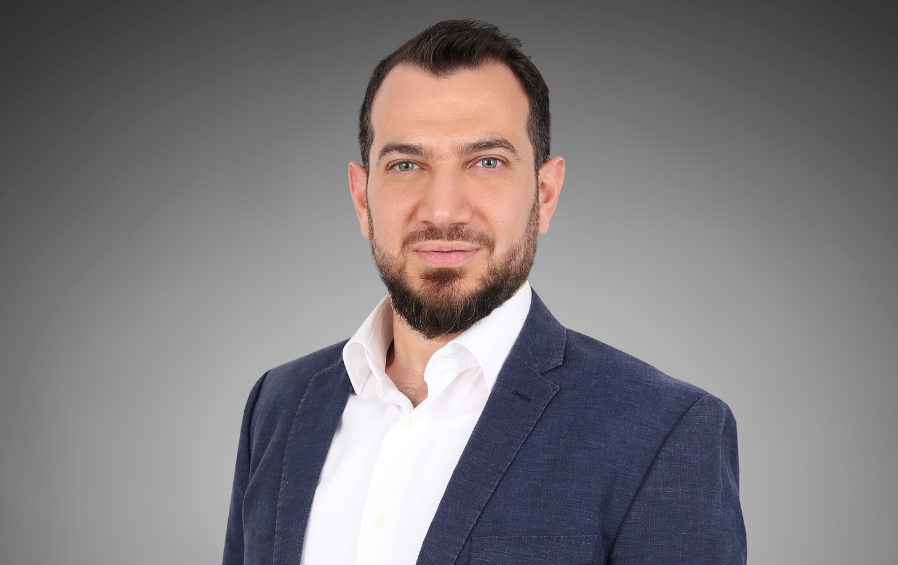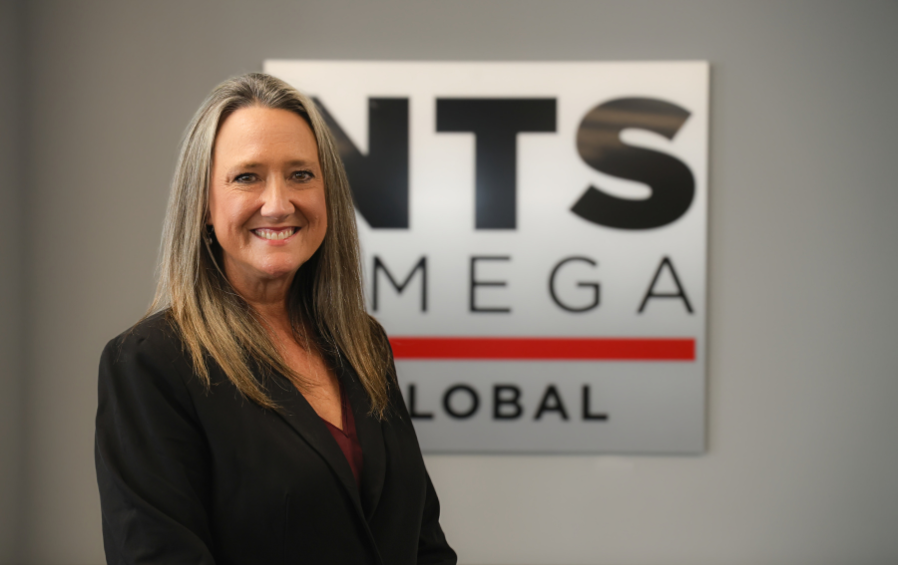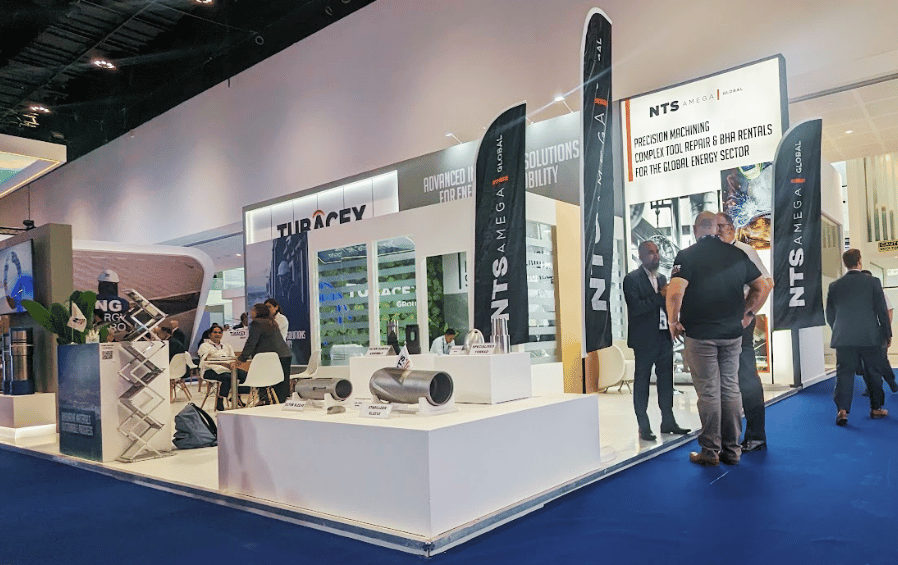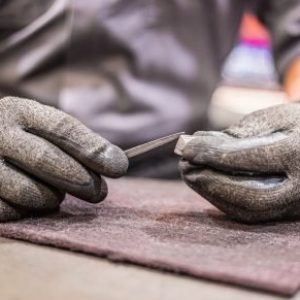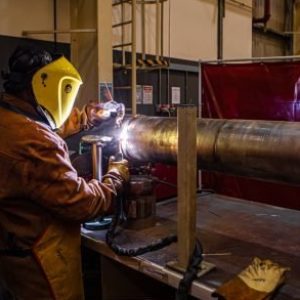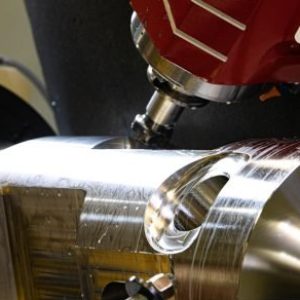Want To Know The Difference Between Laser Cladding vs Laser Hardfacing In The Oil And Gas Industry?
This article discusses the differences between laser cladding vs laser hardfacing. Surface protection and restoration are crucial for equipment and components subjected to harsh operating conditions in the oil and gas industry. Two commonly employed techniques for surface modification are laser cladding and laser hardfacing. While they both utilize laser technology, there are key differences in their application, process, and benefits.
Laser Cladding vs Laser Hardfacing – what’s the difference?
Laser Cladding
Also known as laser metal deposition (LMD), Laser Cladding is a process that involves melting and fusing a powdered or wire feedstock material onto a substrate using a laser beam. The added material forms a protective layer, enhancing the mechanical properties and resistance to wear, corrosion, and erosion. Here are the key features and benefits of laser cladding:
- Versatile Application: Laser cladding allows for the deposition of a wide range of materials, including metals, ceramics, and metal matrix composites. This versatility enables tailored solutions for specific application requirements.
- Enhanced Component Performance: By selectively adding material to critical areas, laser cladding enhances the mechanical properties, wear resistance, and surface finish of components. It can restore worn or damaged parts and extend their service life.
- Improved Efficiency: Laser cladding provides localized surface modification, minimizing material waste and reducing the need for expensive materials. It offers precise control over the thickness and geometry of the cladded layer, resulting in efficient resource utilization.

Laser Hardfacing
Laser hardfacing, also referred to as laser welding, is a process that involves depositing a wear-resistant material onto the surface of a component. The goal is to create a hardened layer that can withstand abrasion, impact, and extreme operating conditions. Here are the key features and benefits of laser hardfacing:
- Wear Protection: Laser hardfacing provides a durable, wear-resistant layer on components, protecting them from abrasive and erosive forces encountered in oil and gas applications. It helps prolong component life and reduces the frequency of maintenance and replacement.
- Controlled Heat Input: The laser hardfacing process allows for precise control of heat input, minimizing the risk of thermal distortion and preserving the integrity of the base material. This is particularly beneficial for critical components and intricate geometries.
- Increased Operational Reliability: By enhancing the wear resistance and hardness of components, laser hardfacing improves operational reliability in challenging environments. It ensures the continued performance of equipment exposed to high temperatures, corrosive fluids, and abrasive particles.

What does this mean?
While both laser cladding and laser hardfacing involve the use of lasers and depositing materials onto surfaces, the key differences lie in their objectives and application areas:
Objective
- Laser cladding aims to enhance component properties and provide protection against wear, corrosion, and erosion.
- Laser hardfacing focuses on creating a wear-resistant layer to withstand abrasive forces and extend component life.
Material
- Laser cladding utilizes a wide range of materials, including metals, ceramics, and metal matrix composites, to tailor the surface properties.
- Laser hardfacing predominantly employs wear-resistant materials such as carbides and alloys to provide hardness and wear protection.
Laser Cladding – Watch NTS Amega Global In Action
Laser Cladding vs Laser Hardfacing – in short
In summary, to answer ‘laser cladding vs laser hardfacing’ – these are best understood as surface modification techniques used in the oil and gas industry to enhance component performance and protect against wear and damage. Laser cladding offers versatility in material selection and improved efficiency, while laser hardfacing provides wear protection and controlled heat input. By understanding the differences between these techniques, operators can make informed decisions regarding surface protection and restoration, leading to improved equipment reliability, extended component life, and cost-effective maintenance


